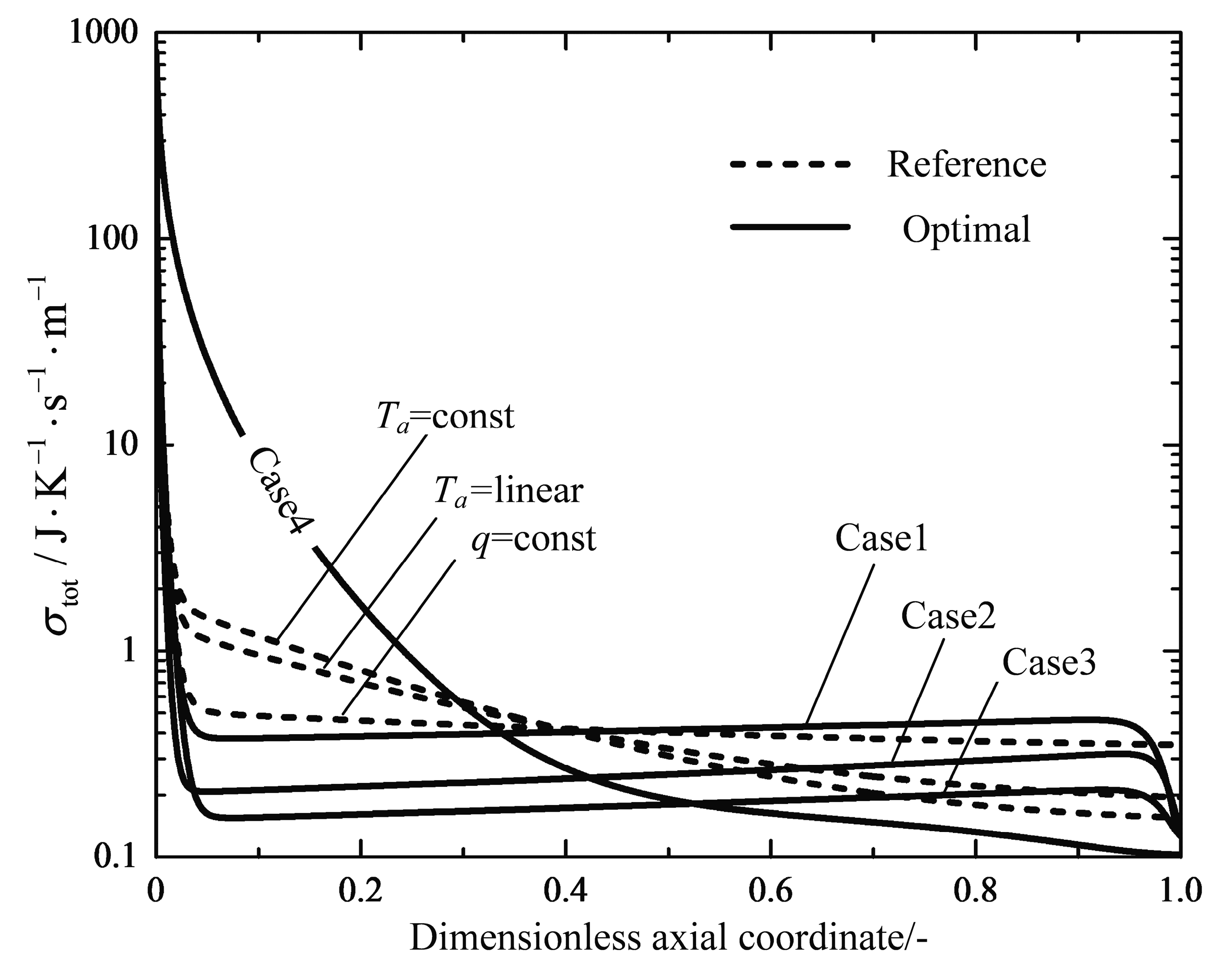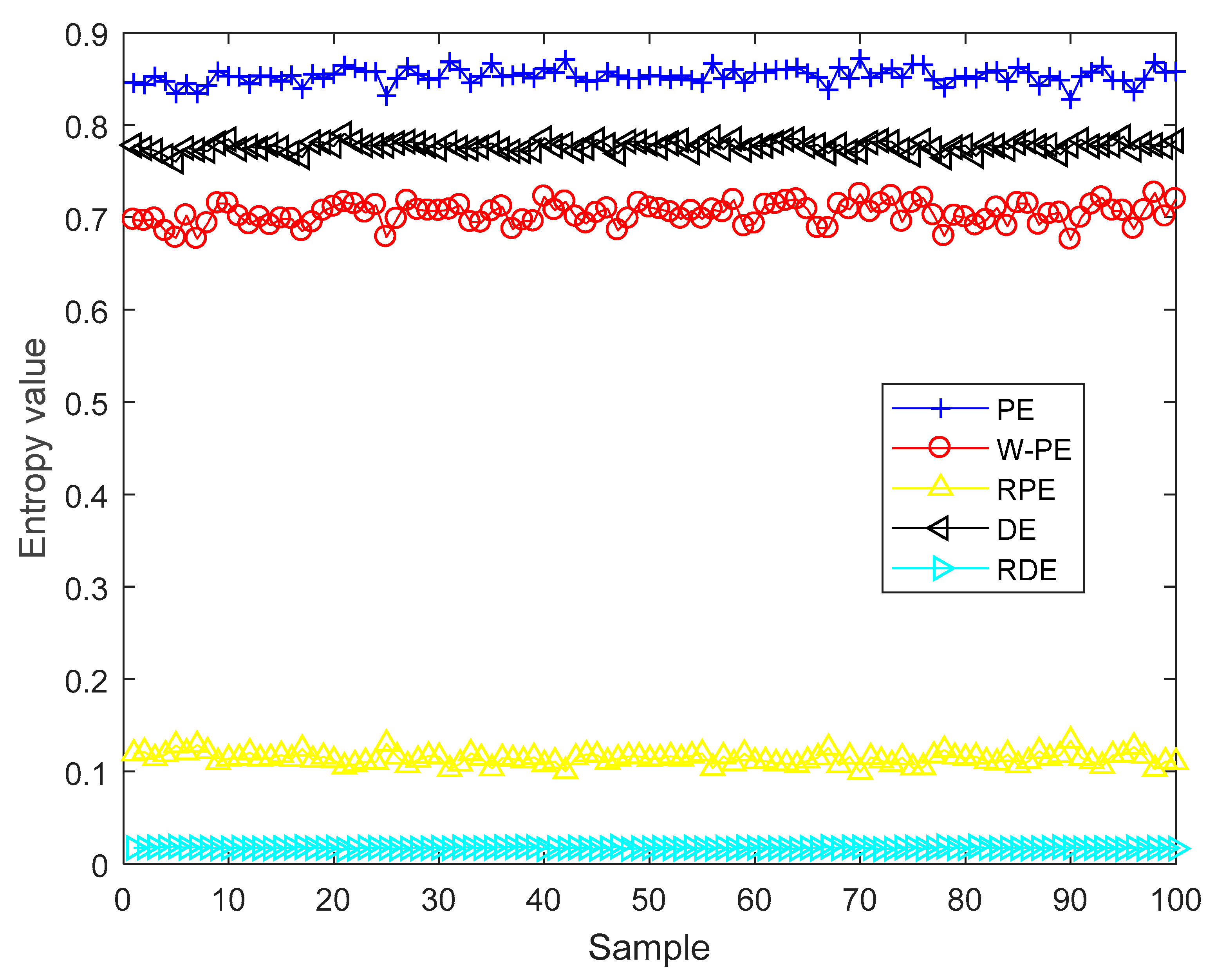
#Reverse entropy full#
In fact, they defined a lot more layers! A full set of seven layers. Interestingly, the OSI group also defined a multi-layered network.
#Reverse entropy software#
By dividing the idea of a "network" into several layers (TCP, IP, and physical), each with a well-defined purpose, the designers made a practical, working software architecture that runs the world today. In this case, you've greatly increased the amount of training required. If you're lucky, that person can just be told about one layer - but in many teams each person will need to work on and understand all the layers. Bringing a new person up to speed means explaining a lot more things, some of which will seem quite abstract compared to the problem to be solved.

Generally, more layers means more explanation.

Maybe they make it easier to understand the system? Well no. Then once again, you end up changing many different things to fix one bug. Some bugs are like that, but often bugs are misunderstandings of the problem or bad design that has spread throughout the whole architecture. Of course one hopes that eventually, you'll find the bug, and it will be in one layer, and you fix that and there are no side effects. Tracking down bugs now means looking through multiple layers. In fact, my own experience and some research would suggest that often layers make maintenance harder. This is often stated as an assumption with no evidence. How about maintenance? Another oft-cited advantage of layers is that they will "make maintenance easier". You also have to make sure that the interaction between them works correctly. Instead of changing one place, you now have to touch N places. Well, at the least they typically increase the work to add a new feature (where feature is defined as "a new concept that the application handles", not just a change to user interface). So what are the costs of extra layers in software? If the cost outweighs the benefit, why would you do it, even if you like the benefit in isolation?

If you have two layers, A and B, which currently talk to each other, and then you add a layer C in between, now A and B don't need to talk to each other.īut all these earnest discussions neglect to consider the cost of doing this versus the benefit. This tendency is one of the most fundamental laws of nature and cannot be reversed, thus the title of this work is an impossibility and the contents are only theoretical.You can find many discussions on the web, and in books, about why you should use a certain design pattern in the architecture of your software.Īlmost all of these discussions will propose adding some extra layers, and give one of the major benefits as being "this will decouple the X from the Y", with underlying assumption that "more abstraction is better". Entropy refers to the fact that systems in nature tend to move toward more disorder - workspaces get messy, gardens get overgrown, smoke disperses in the air, stars go supernova, etc. Over the course of eight minutes, highly chromatic harmonies paired with incredible speed and instability gradually unravel into calm, diatonic serenity. In this work, I flipped this process, so this work is a backwards theme and variations, beginning with chaos and gradually unraveling until only the theme remains. Theme and Variation compositions tend to begin simply with the theme and then gradually get more complicated as the theme is varied more, both harmonically and rhythmically.

My take on the idea of unraveling was to reverse the compositional process of a musical form that generally has a clear trajectory. Variations on Reverse Entropy was composed for the Akropolis Reed Quintet's "Unraveled" project in 2012. For reed quintet (oboe, clarinet, bass clarinet, saxophone, bassoon)


 0 kommentar(er)
0 kommentar(er)
